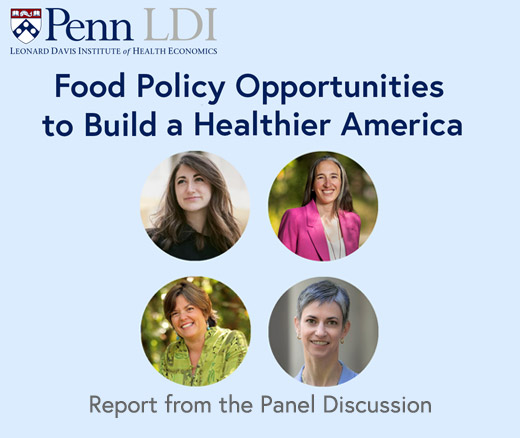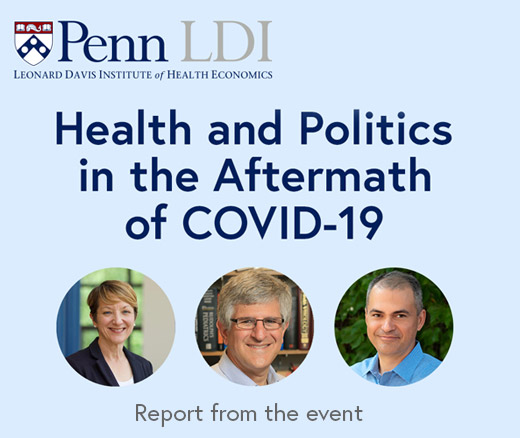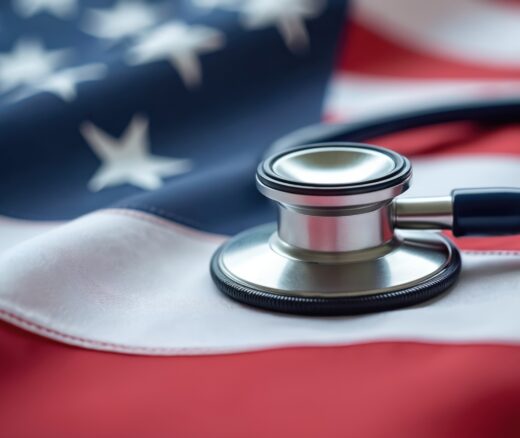
Contradictions That Confuse Federal Food Policies
Announcing Bold New Goals While Crippling the Infrastructure Needed to Achieve Them
Population Health
Blog Post

During the COVID-19 pandemic, communicating what people needed to know about the virus posed a supreme challenge to health officials. While most communications research had been done on diseases with stable risks and clear measures, the virus was novel and the pandemic was fast changing. The advice about ways to combat it seemed to shift by the day.
Add in a toxic political environment, and public health communications became a lollapalooza of misinformation and backsliding.
Consider how President Trump compared the virus to the common cold, minimizing its danger to public health.
Or how the FDA gave emergency authorization to hydroxychloroquine, but then reversed course after testing found the anti-malarial drug ineffective and dangerous.
Masking followed the opposite trajectory, with the CDC discouraging it early on and then promoting it after April 2020.
No wonder people were mistrustful and confused.
Misguided and false communications have public consequences for many, especially those from underserved and underrepresented communities. So it is crucial for leaders to ensure that the government’s communication strategies succeed for all.
In a recent research article, with the goals of reaching the public, behavioral science experts, and policy officials, LDI Senior fellow Dolores Albarracín and colleagues assessed U.S. communication efforts during COVID-19 and offered 17 recommendations for conveying health messages and science more effectively in the future.
Here are four of their recommendations for effective health communication:
To be effective, information must be clear, concrete, and complete so the public can build a mental model of disease transmission and prevention. Choice of analogy and metaphor may be especially important for people with low levels of basic health literacy.
When proposing a call to action, our communications should interpret the crisis in ways relevant to people’s identities. This does not always mean targeting different groups with different messages—which can undermine credibility. Instead, health messages should consider signaling people’s identities by linking to cultural themes such as honor, individualism, and collective values.
K-12 education needs to instill contempt for the politicization of outbreaks and pandemics. This seems central to reducing tendencies of political opportunism in response to a threat. We should instill values that encourage all individuals, including politicians, to support health no matter what side they are on.
Political polarization can be dangerous because it drives behavior. So it’s important to “prebunk” misinformation when possible before it spreads. Debunk widely disseminated claims of misinformation and ignore misleading claims that receive little attention—talking about them will make them more prominent.
For more recommendations about how to—and how not to—communicate health messages, see the full research article here.
The study, “Health Communication and Behavioral Change During the COVID-19 Pandemic,” was published on February 6, 2024, in Perspectives on Psychological Science. Authors include Dolores Albarracín, Daphna Oyserman, and Norbert Schwarz.


Announcing Bold New Goals While Crippling the Infrastructure Needed to Achieve Them

Promising New Evidence and What’s Next

From 1990 to 2019, Black Life Expectancy Rose Most in Major Metros and the Northeast—but Gains Stalled or Reversed in Rural Areas and the Midwest, Especially for Younger Adults

A Penn LDI Seminar Focuses on Why They’re Important for the Future

Former Philadelphia Health Commissioner Warns That Gutting the CDC, Undermining Vaccines, and Politicizing Science Will Leave the U.S. Dangerously Unprepared for the Next Pandemic

Rural Parents Had More Emergency Visits and Insurance Loss Than Urban Peers, an LDI Study Shows. Integrated Baby Visits Could Help All Parents Be Healthier